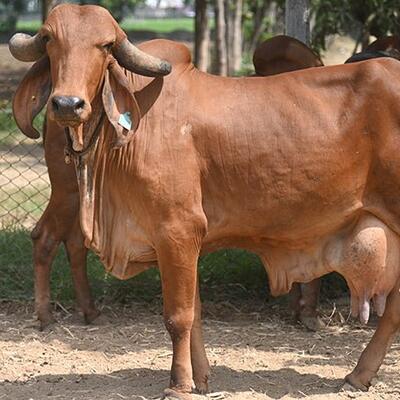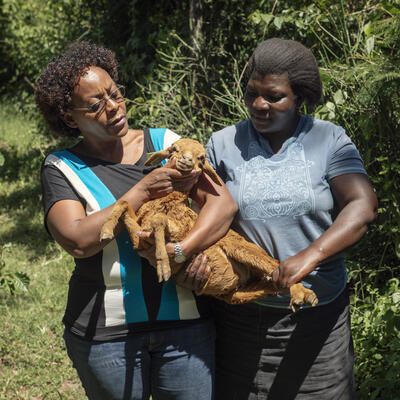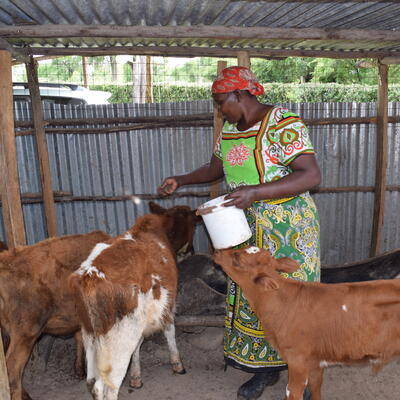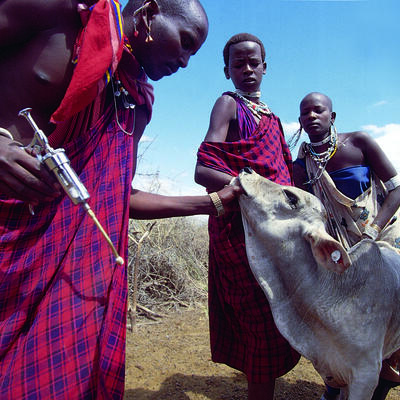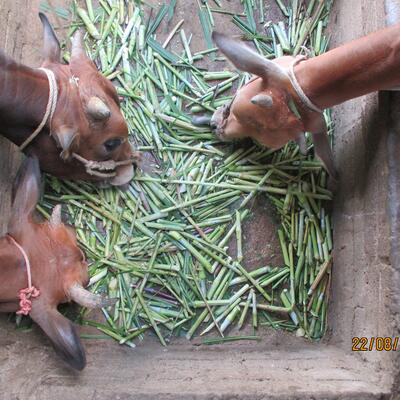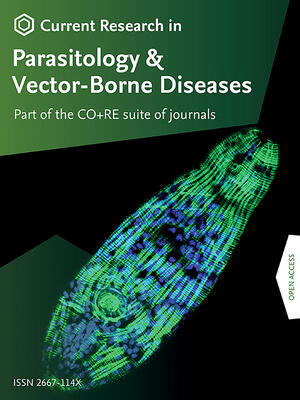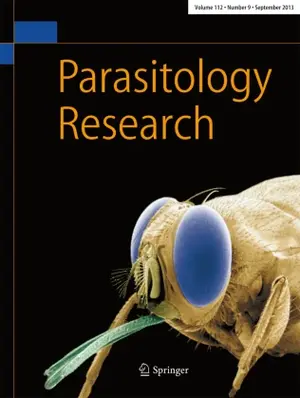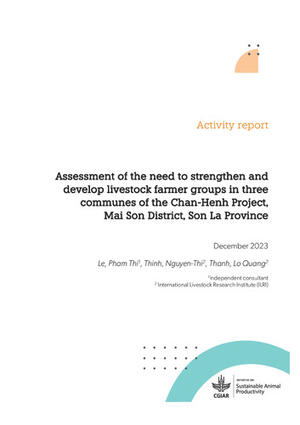
Fodder markets in East Java: Identifying interventions to improve market performance and quality
Background
Scarcity of feed and fodder is one of the key constraints to sustainable livestock development, and can be critical during dry seasons. This is particularly acute in East Java, Indonesia, where 60% of all cattle in Indonesia are located, including most of the dairy animals. There being little or no remaining grazing land in much of the province, three quarters of all land is used for cropping, small-scale livestock production depends on the abundant supply of crop residues and by-products, mainly rice straw (27%) and maize stover (43%). This is in the context of steadily increasing demand for beef nationally, most of which is supplied by imports. Previous studies in East Java have found that fodder markets are increasing in importance as livestock and crop systems intensify in the context of limited land areas and unequal access to crop land. In East Java, there are also many landless livestock keepers who depend on purchased feeds or forest land resources. Many livestock producers cannot obtain sufficient feed supplies from their own farm or communal resources and so have turned to an emerging market for crop residues and forages. This research aims to provide strategies for feed and fodder market interventions, particularly those aimed at development of ruminant production, which continues to be a significant national development priority. Objectives The project will examine the decision-making processes and incentives among ruminant producers and feed market actors, and the performance of the markets in terms of efficiency of exchange and feed price/quality relationships. This learning will be used to identify potential interventions. Specific objectives are:- Identify the factors leading to the use or non-use of local feed and forage materials by ruminant producers;
- Determine the ability of markets and producers to differentiate and reward feed/forage quality, and the barriers to that;
- Assess the performance of feed/forage markets in terms of linking supply with demand, and sources of market failures; and
- Identify and make public through several channels potential interventions for improved market performance, and improved utilization of quality feeds/forage, as well as needs for additional research.
The activities will be carried out in targeted zones where beef and dairy production are concentrated in East Java. The activities include participatory assessment of producer feed and forage options; survey of representative ruminant producers; participatory and secondary data analysis of markets and other exchange mechanisms for feeds and fodder; survey of representative feed market actors, to identify practices, suppliers and buyers, value addition and costs, and quality/price relationships; Preparation and analysis of feed samples; statistical analysis of producer feed practices; Statistical analysis of market feed prices and quality attributes; synthesis of results presented to stakeholders; and publication of results.






